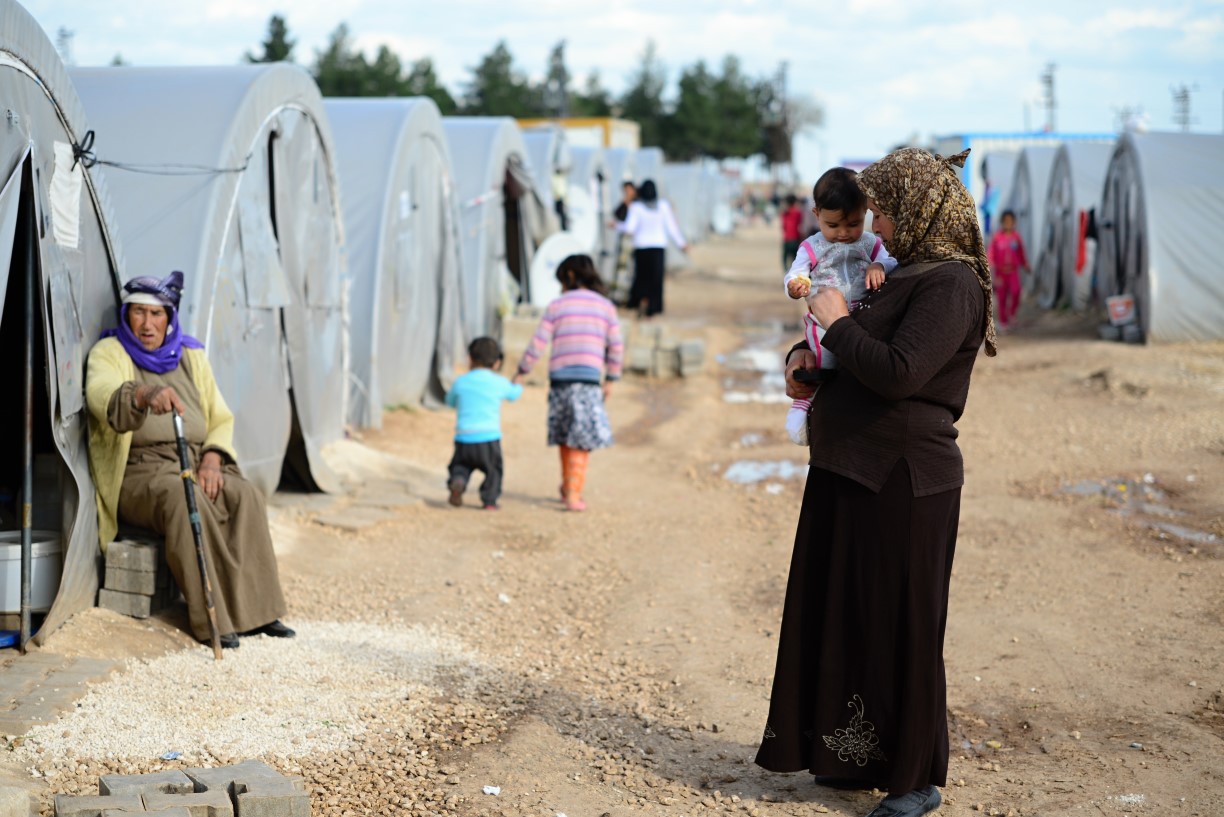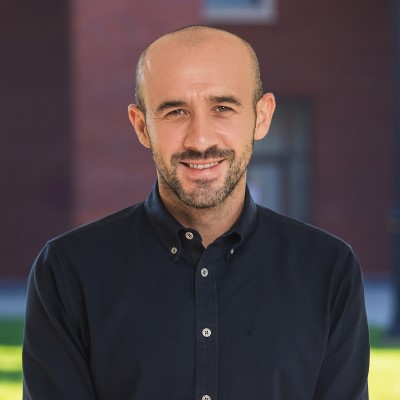
Building Better Aid Programs for Refugees
In the time it takes you to read this sentence, approximately 20 people around the world will become refugees, forced to abandon their homes and flee to neighboring countries due to war, religious and political persecution or other human rights violations.
According to the United Nations High Commissioner for Refugees (UNHCR), also known as the U.N. Refugee Agency, more than 100 million people were forcibly displaced in 2022, the highest number recorded since the agency’s founding in 1951. Roughly two-thirds are classified as internally displaced, meaning they’ve resettled elsewhere within their home countries, or as asylum seekers, indicating they’ve formally requested sanctuary in another nation and are waiting for their claim to be processed. But nearly 32.5 million — the equivalent of 60 men, women and children every minute — are considered refugees, involuntary migrants compelled to cross international borders to safeguard their lives and livelihoods.

In response to this unprecedented surge in forcibly displaced persons — resulting primarily from ongoing conflicts in Ukraine, Sudan and Syria — governments around the world collectively pledged a record-setting $1.13 billion in charitable aid for 2023. But as Bentley’s Onur Altindağ, an assistant professor of Economics, points out, ensuring that this funding reaches the people who need it most is no easy undertaking.
Altindağ speaks from personal experience: Since 2018, he’s been working directly with the UNHCR and World Food Program (WFP) in Lebanon to design, implement and evaluate assistance programs that help support the 1.6 million Syrian refugees currently living there. “Targeting welfare programs is challenging in the context of forced migration,” he explains, noting that 74% of refugees are housed in low- and middle-income countries that may lack the economic and operational resources necessary to administer aid effectively. In addition, refugee populations are inherently dynamic, Altindağ says, as “movements both within the host country and between the host and home countries create obstacles for capturing accurate and timely information.”
Due to the scale of migration, he explains, vulnerability assessments of the refugee population have been challenging in Lebanon, a small Middle Eastern nation that hosts the largest per capita population share of refugees in the world. The UNHCR, however, requires refugees to register before they can receive assistance, enabling regional offices to collect a variety of demographic information, such as age, gender, household structure and education level, during enrollment. Compared with other host countries, Lebanon’s refugee registration system is more streamlined and integrated, resulting in more robust and reliable data sets that can be merged and analyzed to more effectively target the most economically vulnerable refugees.
In fact, Altindağ and his co-researchers have done just that, developing a diagnostic tool to help the UNHCR and its partner agencies distribute $380 million in funding through unconditional cash transfer programs. Relatively new but increasingly popular within the global relief community, cash-based interventions offer recipients more flexibility and autonomy with their spending decisions and contribute to the local economy, which benefits the host country. Previously, humanitarian aid agencies provided in-kind goods and services, such as food, clothing and blankets, or funds restricted to purchases of the same.
Specifically, Altindağ and his team sought to identify refugee households that could be classified as “severely vulnerable,” or having per capita expenditures below $87 per month; this amount is consistent with the Lebanese government’s official poverty line calculation for an average household, which it defines as two adults, one child older than 5 years and two children 5 years old or younger.
Using UNHCR data, researchers developed an econometric model capable of “predicting the capacity of households to fulfill basic needs,” such as food, rent, health care and hygiene, Altindağ explains. “Overall, we found that families who are predicted to be poor tend to be larger, have a higher share of disabled members, are substantially more likely to be female-headed, are less likely to have a working-age male and have a higher share of dependents.”
RELATED: Economics professor Dhaval Dave awarded 2022 Mee Family Prize
To validate their model, Altindağ’s team compared their results with those of traditional proxy means tests, which rely on in-person surveys of the target population. The latter method, he notes, is not only costly — at roughly $25 per household visit, a survey-based approach for refugees in Lebanon would cost around $5 million — but logistically unfeasible, given the size of the refugee population relative to the number of aid workers needed for surveying. As the researchers found “no substantive differences” in accuracy between the two poverty prediction methods, their diagnostic tool thus constitutes a simpler, scalable mechanism for delivering targeted aid.
Altindağ’s ongoing research partnership with the UNHCR and WFP in Lebanon has yielded additional studies assessing both short- and long-term effects of these unconditional cash transfer programs, and he is currently researching economic well-being indicators among Syrian refugees. (He’s also providing more tangible relief: On May 14, he’ll run the Sugarloaf Marathon in Maine as part of his effort to raise $25,000 for Syrian refugees and Turkish citizens affected by February’s devastating earthquake.) While he acknowledges that disparities among each UNHCR host country’s institutional capacities have resulted in “substantial variation from one program to another,” he believes lessons learned in Lebanon can benefit other humanitarian relief programs.
“If trends in recent decades continue, the future is likely to see increases in the frequency, intensity and duration of forced international migration, whether driven by conflict or climate change,” Altindağ cautions. “Providing cost-effective tools to improve program targeting is thus crucial for the effective development of aid resources to vulnerable populations.”

